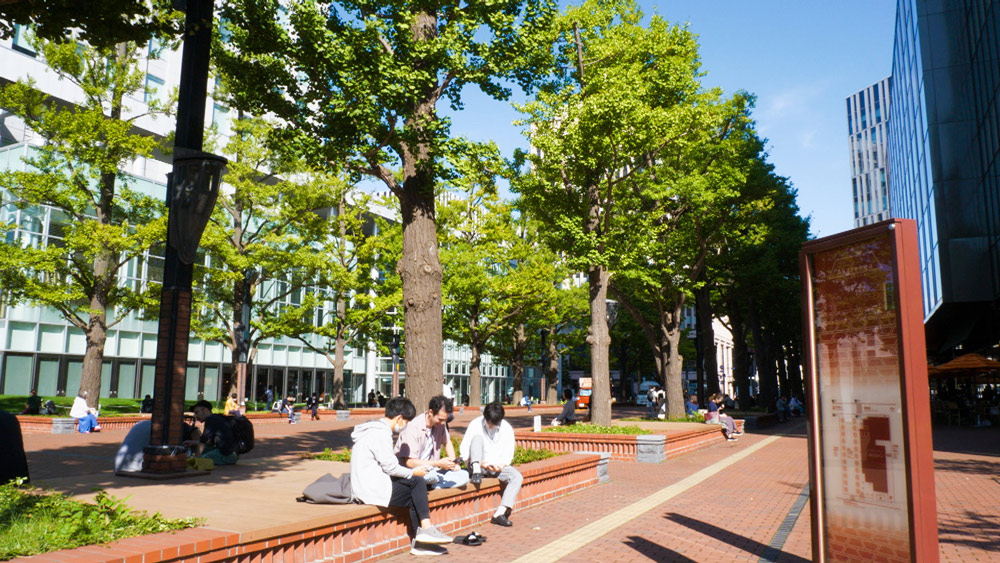!["Kokusô no hi" Director Arata Oshima A unique documentary that depicts the "indifference" of Japanese people like a horror movie [Director's Interview Vol.352]](https://cinemore.jp/images/a560cafa86074120cbf491505e35f1dfe1c66cf3203ecd3ed7268b36a18f7d64.jpg)
"Kokusô no hi" Director Arata Oshima A unique documentary that depicts the "indifference" of Japanese people like a horror movie [Director's Interview Vol.352]
I wanted to cherish everydayness.
Q: There are often special feature videos on news programs such as "A Day in the Life of a Person." I think the reason why I feel uncomfortable with those videos is because they are filmed with a conclusion in mind. "Kokusô no hi" gives me a completely different impression.
Oshima: I always think that such special features on news programs are too meaningful. That's why I included elements in "Kokusô no hi," including things that at first glance seem meaningless. There are various everyday things in each place, so for example, I edited in a group of elementary school children I came across in Asakusa. Some people may feel uncomfortable with that scene. But I wanted to cherish that kind of casual everydayness.
Q: I felt a certain grotesqueness in the everyday life seen through the filter of a state funeral. Is that the kind of everyday life that Director Oshima wanted to show?
Oshima: That was what I was aiming for. In Tokyo, the smoking area at the west exit of Shinjuku Station and the opening of the pachinko parlor in Ueno at 10 o'clock. I was totally aiming for that. Actually, I often go to the smoking area at Shinjuku Station. If I didn't have this job, I might have been smoking here today... (laughs). I don't play pachinko, but I've always been interested in pachinko parlors, and in every town, people line up before the parlors open. I thought that these people would probably line up as usual on the Kokusô no hi. So that day, I decided to start shooting at the Budokan, and then go to Tokyo Station, Shinjuku, Shibuya and Asakusa. So, on the way from Shibuya to Asakusa, I found a pachinko parlor in Ameyoko in advance, around Ueno, because it would be exactly 10 o'clock, and I shot there.

“Kokusô no hi” (C) “Kokusô no hi” Production Committee
Q: The production does not use music, but instead highlights the everyday sounds of the situation, such as the footsteps of people jogging around the Budokan.
Oshima: As I was rushing through the footage, I thought the sounds of the town, the announcements, and the silence of the abandoned supermarket in Fukushima were great. If I used music, it would lose its appeal, so I decided not to use music or narration at the time of rushing.
Q: At first, I didn't understand the meaning of the stake with "20K" written on it at the home of a woman living in Fukushima. I later learned that it actually represents the boundary between those who received compensation for the nuclear accident and those who did not. I think that the previous Director Oshima would have explained it in a subtitle.
Oshima: That's right. I thought that maybe 90% of the people wouldn't understand, but this time I decided not to use subtitles like that, and I didn't include people's names, even famous people. I wanted to show that everyone on that day was an equal citizen.
Q: Is that also intentional to maintain a neutral perspective?
Oshima: That's right.

